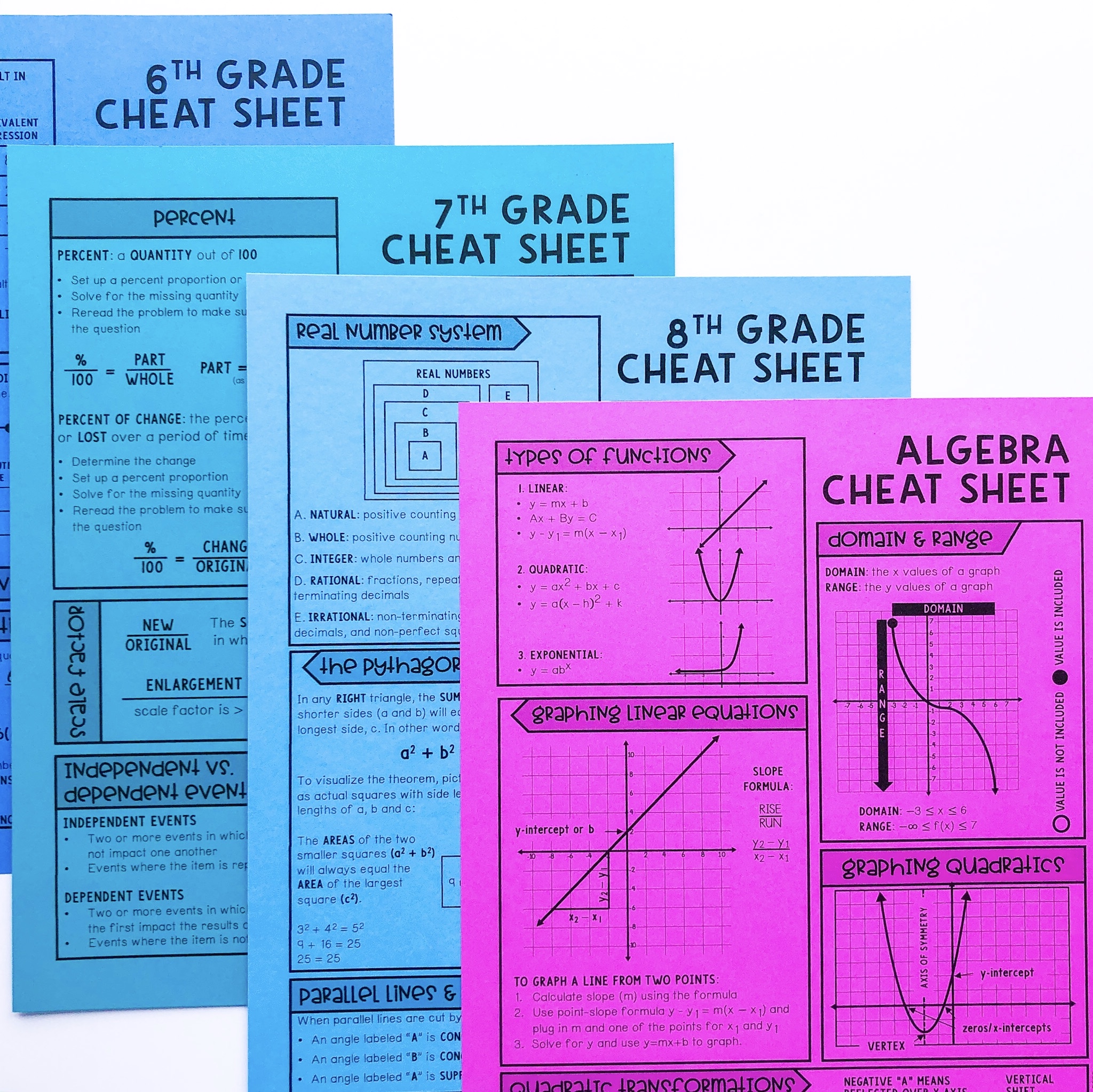

Bacteria are grouped by type in the chart - Gram Positive, Gram Negative, Anaerobes and Atypical - and are listed individually on the right side of the app. BugDrug uses a pie chart to display common bacteria encountered in a clinical setting. The app is designed to help physicians-in-training learn which antibiotics are effective against which pathogenic bacteria.NCLEX Nursing Study Notes: Antibiotics Cheat Sheet Also, REMEMBER Sulfonamides compete for albumin with: Bilirrubin: given in 2,3T, high risk or indirect hyperBb and kernicterus in premies Warfarin: increases toxicity: bleeding Beta-lactamase (penicinillase) Suceptible: Natural Penicillins (G, V, F, K) Aminopenicillins (Amoxicillin, Ampicillin) Antipseudomonal Penicillins. 1) The exam was much better than the books.BugDrug was created as a cheat sheet for medical students and residents who needed a handy resource on prescribing antibiotics. I passed it, and thought I would take a few minutes to share some thoughts.
It also would be handy to be able to tap on a bacteria in the pie chart and see the antibiotics that are effective against it. The app also could use a longer list of diseases and maybe a few more antibiotics. The pie chart graphic is a bit pixelated and could use a refresh. If you had a patient with a urinary tract infection, for example, you could click on urinary tract infection on the right and Amoxicillin on the left to see if that antibiotic would be an effective treatment.BugDrug's pie chart is extremely useful for visualizing antibiotic coverage, but the app could use some polish. Green means it is covered, yellow means it should be used with caution, and grey means the bacteria is resistant to that type of drug. You can select an antibiotic and the app will show which bacteria it covers.
It works better on the iPad, but it supports pinch-to-zoom and has a movable canvas to make it easier to visualize the pie chart on the smaller screen of the iPhone. It's compatible with the iPhone and iPad.


 0 kommentar(er)
0 kommentar(er)
